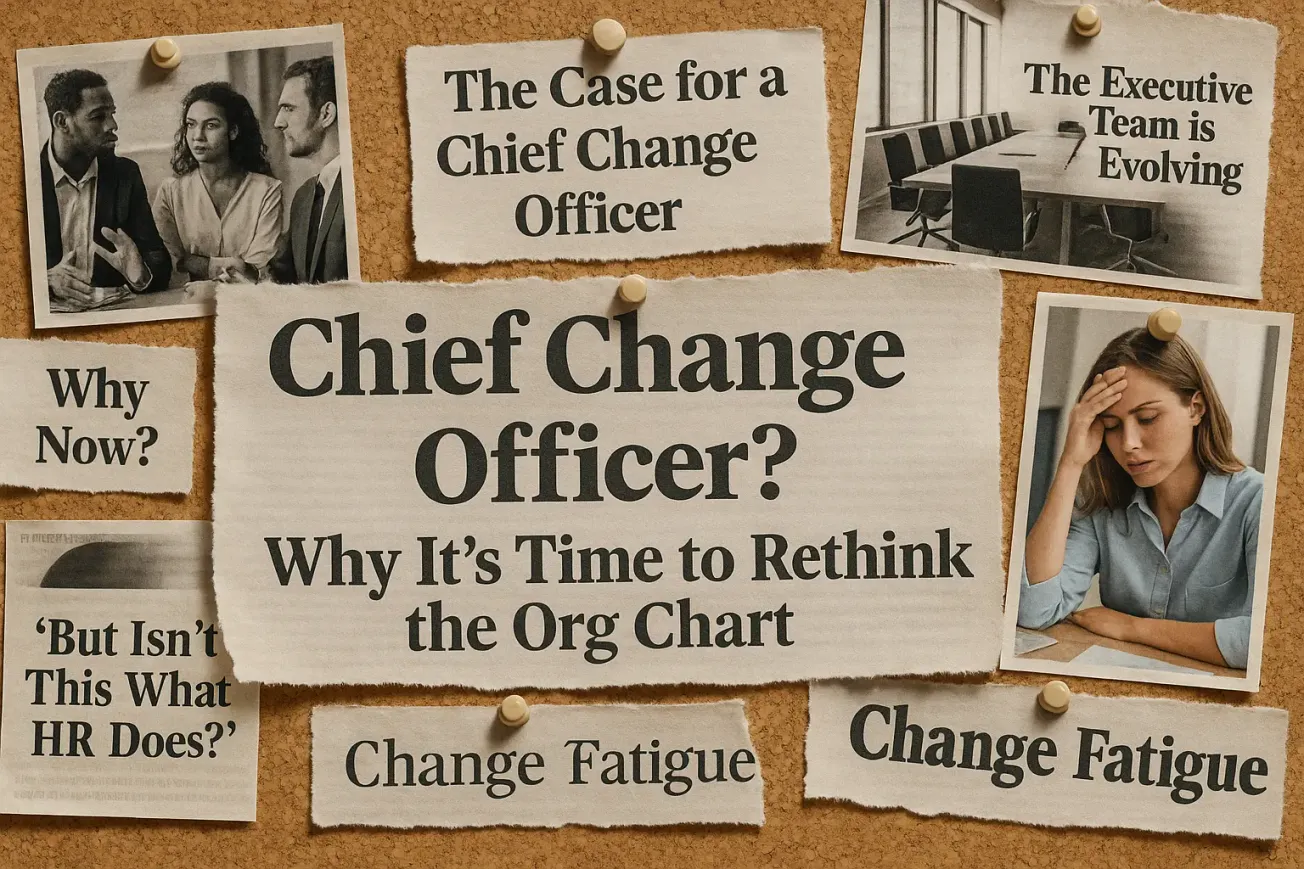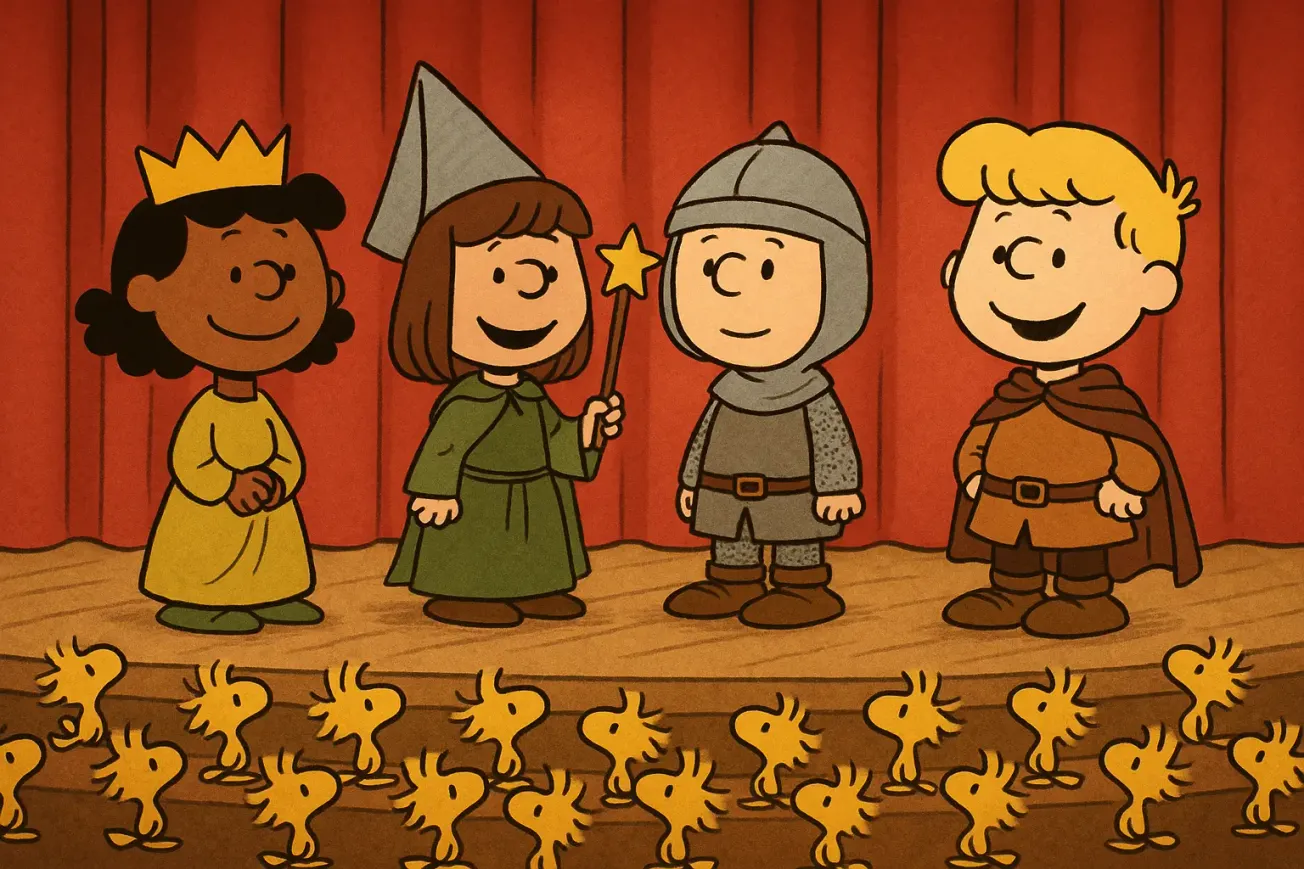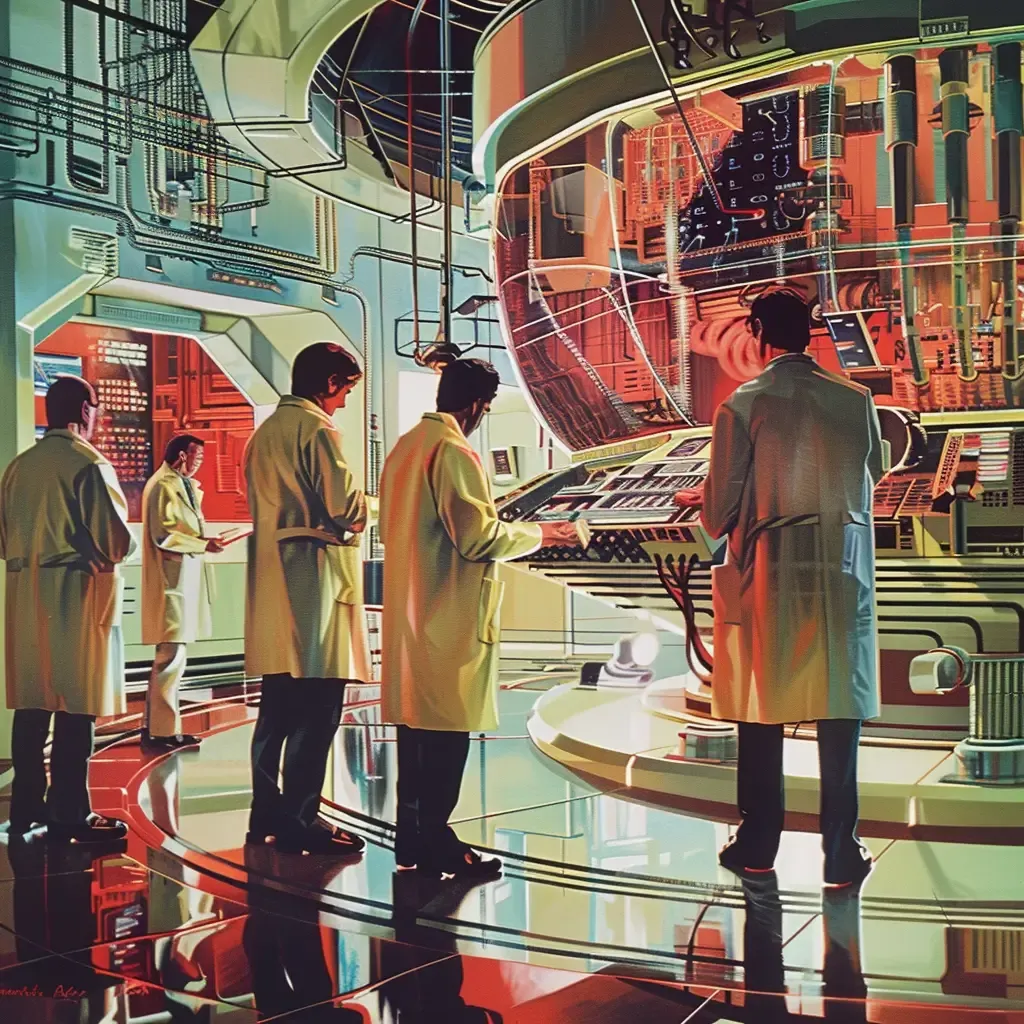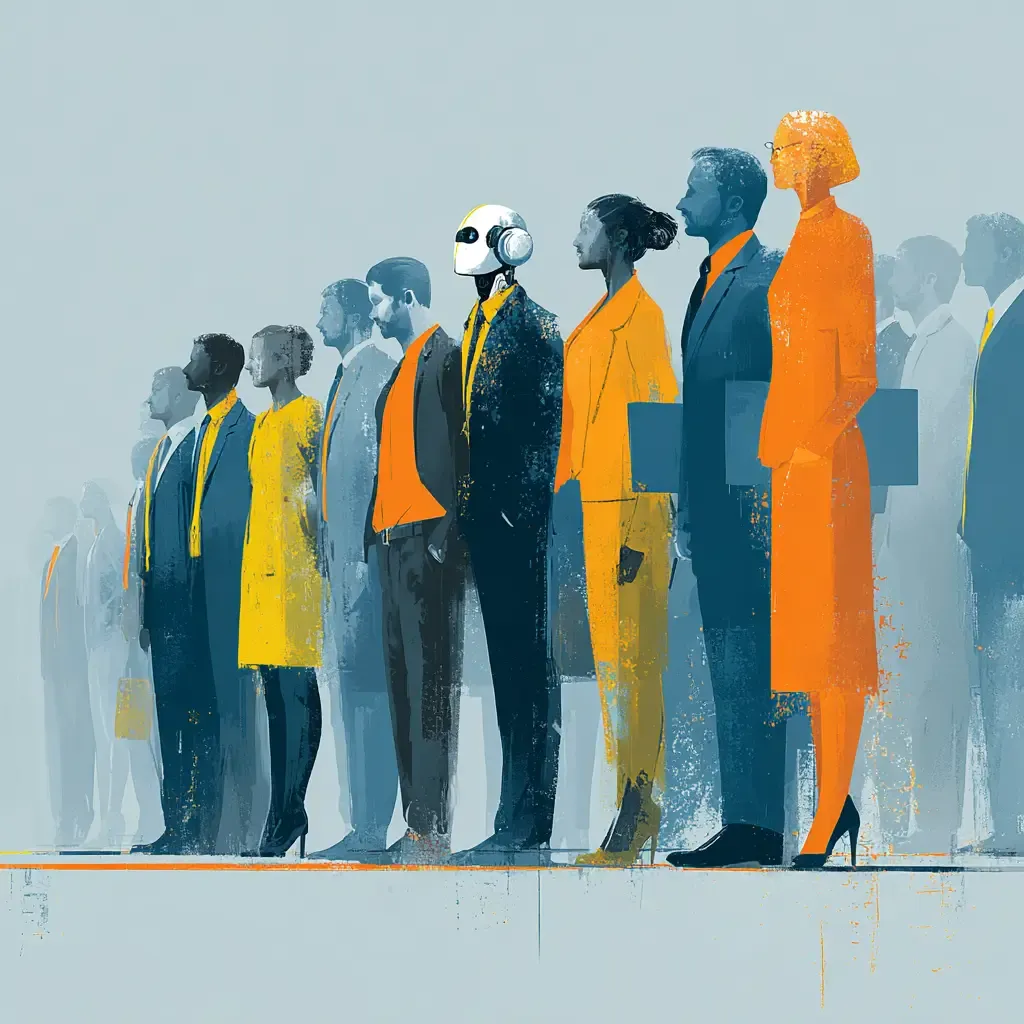The Executive Team is Evolving—Why Isn’t Change?
In boardrooms across the globe, the executive table is getting more crowded—and more specialized. We’ve seen the rise of roles like Chief Digital Transformation Officer (CDTO), Chief Product Officer (CPO), and Chief AI Officer (CAIO). These titles reflect a simple truth: complexity demands focus. Strategic imperatives need owners. And organizations can no longer afford to treat critical capabilities as side hustles for someone with another full-time job.
So why is Change still treated like a support function?
Despite decades of transformation initiatives, organizational change is often tucked under project management, delegated to HR, or handed off to a few overworked consultants. It’s rare to find someone at the top of the org chart explicitly accountable for change maturity, adoption, and resilience. The idea of a Chief Change Officer (CCO)—a true enterprise-level steward of change—is still largely absent in all but the most forward-thinking firms.
That’s a problem.
Because change isn't a comms campaign or a training slide deck. It's how strategy becomes reality. And if change isn’t being led at the top, it’s probably being lost in the middle.
The Case for a Chief Change Officer
Let’s set the vision clearly. The Chief Change Officer is not a glorified project sponsor. They aren’t a rebranded HRBP or a part-time PMO lead. The CCO is a C-suite peer responsible for embedding adaptive capacity, creating conditions for successful transformation, and ensuring that business strategy is executable by the people who actually have to change.
Their domain includes:
- Enterprise change strategy – aligning org initiatives to people-readiness, sequencing transformations to avoid burnout, and governing change through a maturity lens.
- Adoption and behavior science – translating strategic priorities into behavior outcomes and readiness metrics.
- Change maturity and capability building – upskilling leaders and teams, not with flavor-of-the-month frameworks, but with sustained, role-based change literacy.
- Cross-functional coordination – partnering with CDTOs, CHROs, and CIOs to ensure digital, cultural, and structural changes reinforce each other.
This isn’t about building a fiefdom. It’s about giving someone the mandate to connect the dots.
Why Now?
Three forces are converging that make the CCO role more relevant than ever:
- Strategy is moving faster than structure.
Digital transformation, AI integration, ESG commitments, M&A activity—all of these create pressure to change faster and more often. But most organizations are structured to deliver projects, not shift behaviors. - Employee experience is the battlefield.
With burnout at an all-time high and engagement levels sagging, the biggest determinant of transformation success isn’t the tech—it’s the trust. And trust is built (or eroded) by how change is led. - Change fatigue has become a strategic risk.
Gartner, McKinsey, and others have flagged “change fatigue” as not just a morale issue but a drag on transformation ROI. Without someone accountable for the change portfolio, organizations continue to overload teams, mis-sequence initiatives, and undermine their own ambitions.
“But Isn’t This What HR Does?”
Yes… and no.
HR plays a vital role in talent strategy, performance, and leadership development. But most HR teams are already stretched thin supporting business-as-usual operations and aren’t equipped to architect change at scale across the enterprise. The CCO doesn’t replace HR—they partner with them. Same with the PMO, Strategy, and Communications functions.
Think of it this way: the CHRO owns the workforce. The CIO owns the systems. The CFO owns the numbers. The CCO owns the shift.
Subscribe to the ChangeGuild newsletter for weekly ideas, tools, and real talk to support your change practice. Free Subscription
What the Org Chart Gets Wrong
Traditional org charts treat change like an implementation function—something to “bolt on” once the real strategic work is done. But this separation creates three structural failures:
- Change is reactive.
Practitioners are brought in too late, with too little influence, and asked to “make it land” instead of shaping how it was designed in the first place. - Change is fragmented.
Teams get hit with initiative after initiative with no portfolio view of cumulative impact. One group is streamlining while another is expanding. One team is going agile while another is rolling out rigid compliance rules. - Change is optional.
Without executive accountability, change remains a best effort. Projects are declared successful when they go live—not when they’re adopted. Leaders celebrate output instead of outcomes.
The right org chart isn’t just a hierarchy. It’s a reflection of what the organization believes is most valuable. If change is missing from the top, it will be missing from the culture.
What It Looks Like in Practice
You don’t need a massive reorg to get started. Some organizations are piloting the CCO model through:
- Transformation Offices – where a C-level leader (often with a background in strategy or HR) is explicitly responsible for guiding major changes.
- Enterprise Change COEs – operating with direct visibility to the CEO or COO, responsible for prioritizing, sequencing, and supporting change initiatives.
- Embedded Change Partners – appointed across business units, reporting into a central change leader who drives consistency and capability.
What matters isn’t the title—it’s the seat at the table. Whether you call it a CCO, EVP of Transformation, or Chief Strategy Execution Officer, the key is executive ownership of the people side of change.
Final Thought
Change is no longer the thing we do after we design the strategy. It is the strategy. Organizations that recognize this are elevating change from a backstage role to a center-stage mandate.
The Chief Change Officer isn’t a luxury. It’s a necessity for organizations that want to turn intention into execution—and do it without leaving their people behind.
Because in the end, the org chart isn’t just about structure. It’s about signal.
And if we want to send a clear message that change is core to who we are, it’s time to stop burying it in the basement and give it a proper place in the C-suit.
ChangeGuild: Power to the Practitioner™
Frequently Asked Questions
What is a Chief Change Officer (CCO)?
A Chief Change Officer is a C-suite executive responsible for driving enterprise-wide change strategy, ensuring initiatives are adopted, sequenced, and sustained through organizational readiness and behavioral outcomes.
Why do we need a CCO if we already have HR or a PMO?
HR focuses on talent and operations, and PMOs manage projects. The CCO bridges the gap between strategy and execution by ensuring people-side adoption is integrated from the beginning—not bolted on later.
Is this just another trendy title?
No. The CCO isn’t about renaming an existing role. It’s a structural response to today’s complexity—someone accountable for building adaptive capacity and protecting organizations from change fatigue.
How does the CCO work with other executives?
They collaborate closely with the CHRO, CIO, CDTO, and CFO to align transformation efforts, ensure behavioral change supports business goals, and foster cultural alignment.
What are some real-world models of this role?
Organizations are experimenting with Transformation Offices, Enterprise Change Centers of Excellence (COEs), and Embedded Change Partner networks—often led by a C-level change leader.
What’s the risk of not having a CCO?
Without executive ownership of change, organizations suffer from fragmented efforts, initiative overload, and a failure to turn strategy into results. The CCO mitigates these risks.
Need Help Building the Case for a Chief Change Officer?
We’ve helped executive teams scale enterprise change maturity, define role charters, and build the internal muscle to lead complex transformations. Whether you're looking to pilot a CCO function, stand up a transformation office, or elevate your change capability across the enterprise—our ECM coaching can help.










